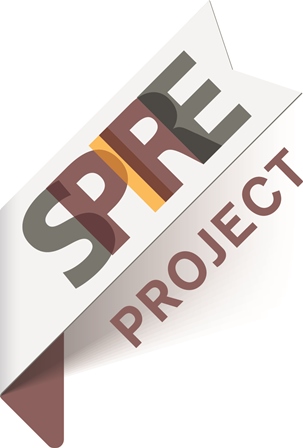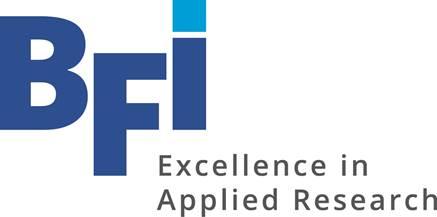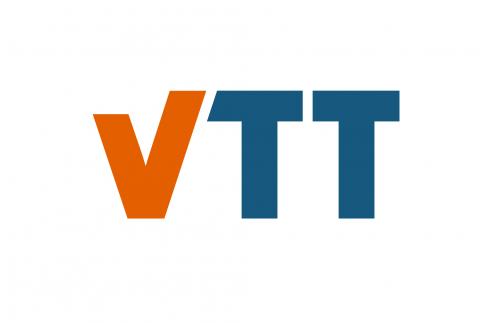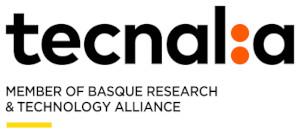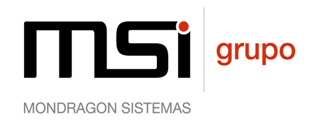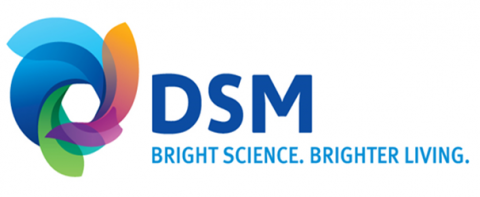How to involve business perspective in a research and development project?
By Jani Jansson from Outotec (https://www.linkedin.com/company/outotec/)
Quite often in the research and development work, the business potential of the idea is estimated before starting the work with full speed, but the business perspective is lost somewhere among the joy of creating something new and exciting.
Once the development work is done and it’s time to start selling the product, the business side usually kicks in again and there’s nothing wrong in this model, but most often the development work can benefit from continuously keeping the business senses open as well. The history is full of ideas that made perfect sense for its inventors, but never made it to actually being profitable business – few of such ideas are for example the Sony Betamax, which had limited supply channels and success because Sony decide to keep the technology proprietary, or the clear, transparent, cola Pepsi introduced in early 90’s which the consumers didn’t want (at least then) despite the taste, as the Crystal Pepsi cola didn’t look like the cola they were used to. Crystal Pepsi was also claimed to be co-killed by Coca Cola’s competing kamikaze product, which ruined the product image Pepsi was trying hard to build. The mentioned examples are obviously just single examples and might not be relevant in your context, but they serve the purpose of showing the importance of a proper business planning before fully committing to time-consuming and expensive development work.
So, what could your development work learn from this then? If you’re having an idea and are planning a small’ish development project, such as creating an app for your smart phone for example, I wouldn’t start with writing a full-blown business plan (document) with tens and tens of pages, but your potential for success can surely benefit from even a slightly structured business planning. You could for example be able to create the product more quickly (and ensure that you are the first to the markets) by partnering up with someone who knows how to do similar apps, or to reach a wider audience and potentially bigger markets by utilizing multiple distribution channels such as Apple’s App Store and Google Play instead of focusing for only one. You might also be able future-proof your business and protect you from the competition by really thinking about your relationships with your customers and focusing on great user experience. If your goal is to make profitable business out of your idea, it’s also beneficial to estimate the expected costs versus the revenues and see how much revenues you might need to cover the costs related to your whole business model. For example, if you have minimal costs and feel that you want to quickly have as many downloads as possible you could offer your app for free, or if you need to rent an office and wish to aim for constant revenues you could choose to use a subscription fee -based earnings model.
Using readily available framework for planning your business model makes the task rather straightforward and ensures that you are not missing any crucial pieces from your puzzle. When you remember to do the same assessment often enough, it can also help you in adapting to market changes quicker, to find new ways to do business and to develop your product consistently into right direction. In COCOP project we chose to use the well-known Business Model Canvas framework initially proposed by Alex Österwalder. The Business Model Canvas covers nine key pieces of a business and maps them into a visual canvas, which not only helps in seeing the big picture and focusing on the important parts, but also in communicating the business model within your organization, partners, investors or other external parties. More information about the Business Model Canvas can be obtained for example from Strategyzer.com (https://strategyzer.com/canvas) or Wikipedia (https://en.wikipedia.org/wiki/Business_Model_Canvas). The nine building blocks and the canvas are presented in the picture below.
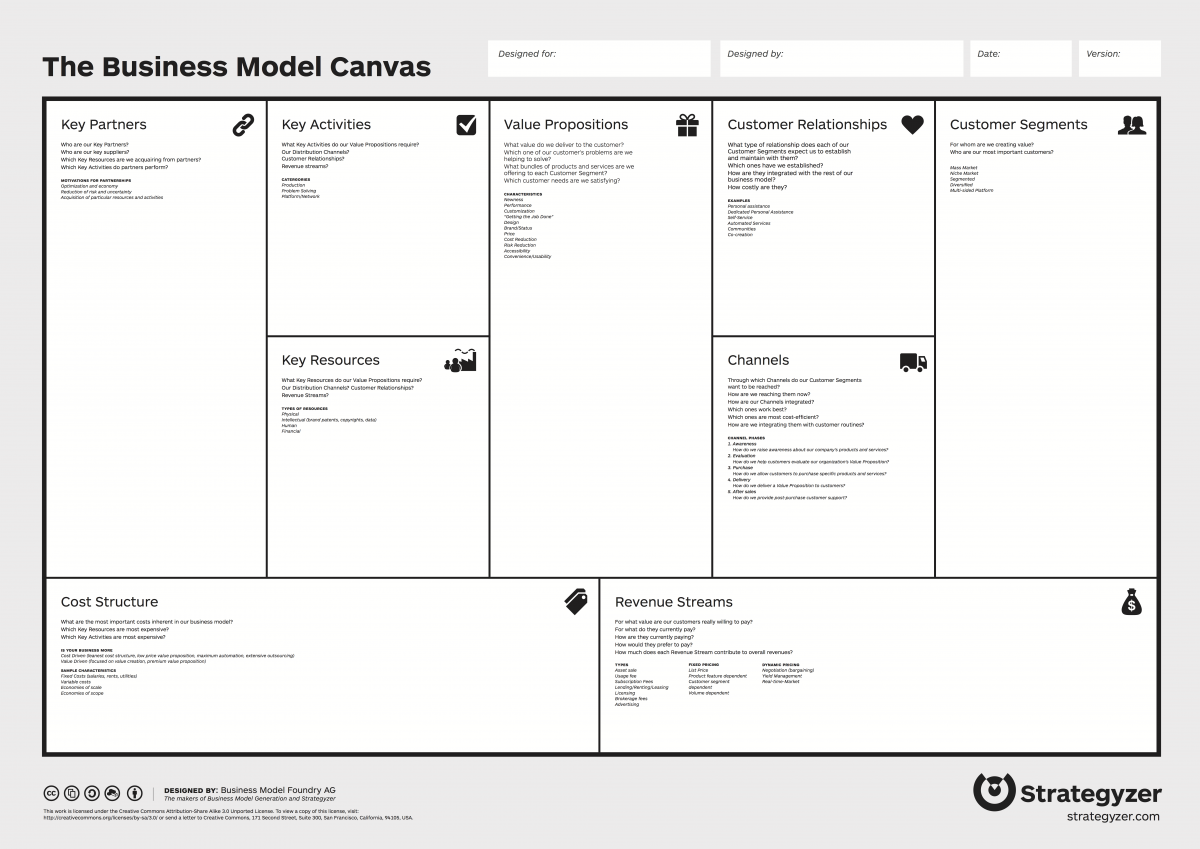
The Business Model Canvas By Business Model Alchemist: (http://www.businessmodelalchemist.com/tools) [CC BY-SA 1.0 (https://creativecommons.org/licenses/by-sa/1.0)], via Wikimedia Commons
As our work in COCOP involves contribution from multiple partners, starting the business planning work early in the project helped us to identify some of the potential roles and different expectations the partners had. Doing the business planning and assessment work continuously will also help us in identifying new potentially exploitable products and to create possible business models for them quickly. Also thinking about the nine aspects of the Business Model Canvas during the project have meant that we have already taken the first steps in thinking about different potential ways for future co-operation. In COCOP we have had our first round of two-day workshops where we discussed about the different aspects of the business model and so far the experiences from using the Business Model Canvas are purely positive. The framework is easy to understand and to use even at the first time, but we will surely learn more about the depth of it once using it more in our project.
Obviously at this stage of the COOCP project the identified business model(s) for our end results are merely drafts in nature, and we still lack the feedback from actually doing business with the results, but we have already realized the benefits of starting the business model planning early, using a simple and understandable (visual) framework and remembering to maintain the business model perspective also during the development work. As always, our experiences might differ from yours so we encourage you to openly share your findings and best practices with us all by commenting the discussion in the COCOP Debate Group in LinkedIn!


